Radish Leaf Bhaji with Channa Dal
Recipe credit: Darshana Muzumdar Serves 4 as a part of an Indian meal. Ingredients ½ kg radish leaves ½ cup channa dal (Bengal gram) ½
Home » traditional indian cuisine » Page 7
Recipe credit: Darshana Muzumdar Serves 4 as a part of an Indian meal. Ingredients ½ kg radish leaves ½ cup channa dal (Bengal gram) ½
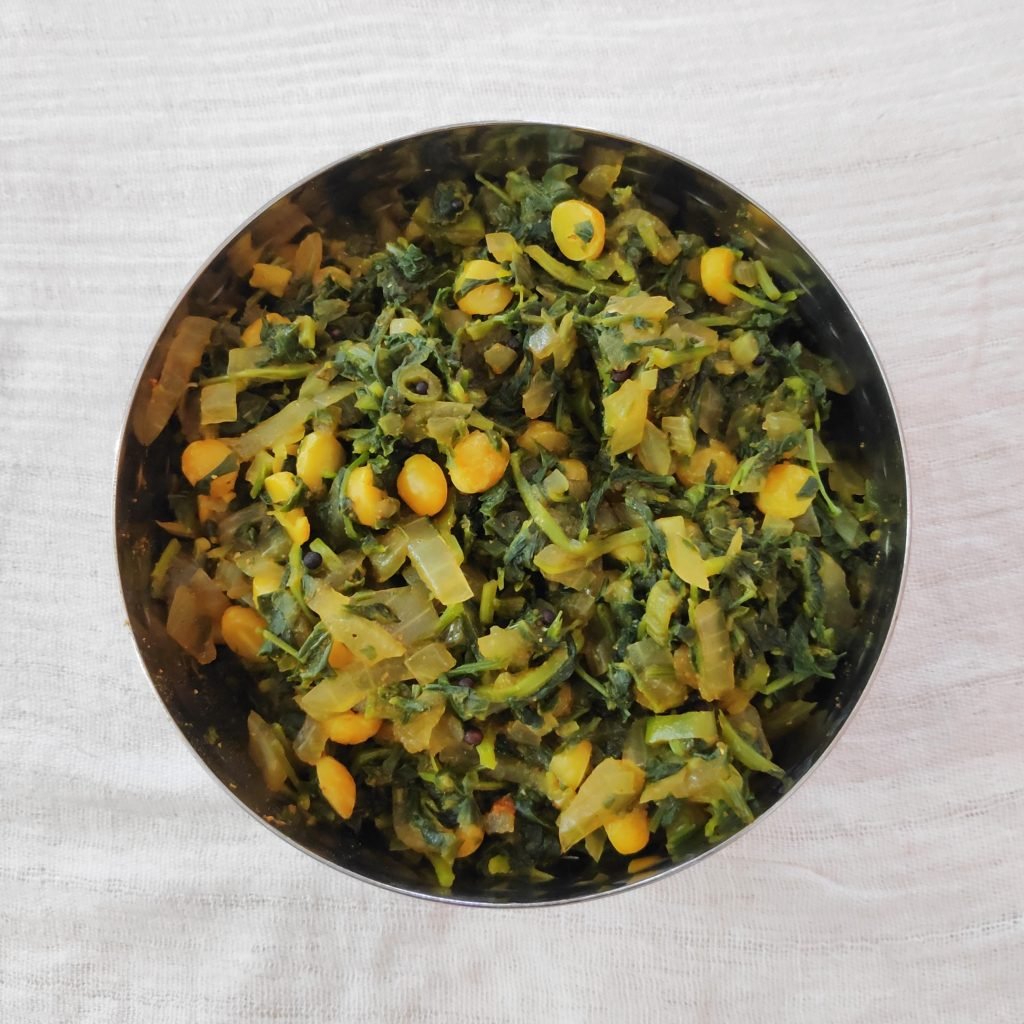
Fenugreek leaves are very low in calories and fats, have a low glycemic index, are a rich source of dietary fiber and are an excellent source of several vital antioxidants and minerals like folic acid, vitamin C, vitamin A, vitamin E, carotenes, calcium, iron, magnesium, potassium, selenium, and manganese. The soluble and insoluble dietary fiber content in the leaves aid in digestion and smooth bowel movements. Methi leaves contain certain chemicals that aid in insulin production. These leaves are an excellent sources of vitamin K, which is important to help strengthen bone mass and prevent osteoporosis. Fresh methi greens help prevent iron deficiency anemia and may help protect a person from cardiovascular diseases, asthma, and colon and prostate cancers. These greens work as an antibacterial and aid in the cure of Alzheimer’s disease. So all in all, it’s a good ingredient to have in your diet on a regular basis.
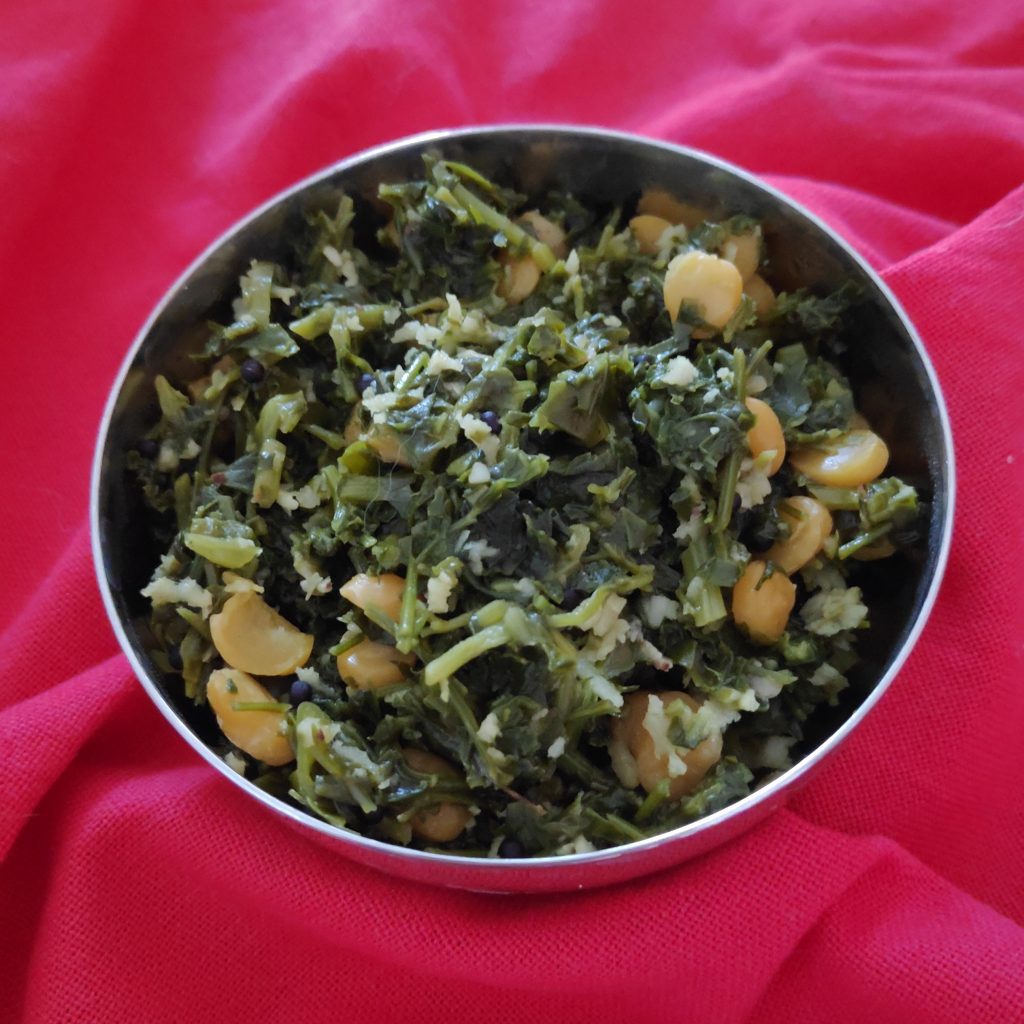
Fenugreek and fenugreek leaves are a common ingredient in Indian dishes. They have been used in alternative medicine for a long time because of their strong antioxidant qualities. Antioxidants help in removing free radicals that are the main cause for the damage of cells and aging. Regular consumption of fenugreek leaves helps in weight loss because they are low in calories and high in fibre content. The insoluble fibre in methi leaves also reduces the risk of constipation and promotes regular and healthy bowel movements. Methi leaves are rich in iron and help keep anemia at bay. They also contain high amounts of calcium, and vitamins A, K, and C, so are very good for bone health. These leaves are also rich in folate, which is required for the rapid growth and multiplication of RBCs and WBCs in the bone marrow.
Channa dal or Bengal gram is a staple in India. Bengal gram is rich in protein serving as a building block for our muscles. Chana dal is rich in folates, which is essential in the prevention of diseases like stroke, depression, dementia, among others. It is also rich in calcium and fibre, helping with bone health and keeping blood sugar levels steady respectively as well as with weight loss. One of the greatest benefits of chana dal is that it has no trans fats but has healthy fats instead, that are essential for treating inflammation.
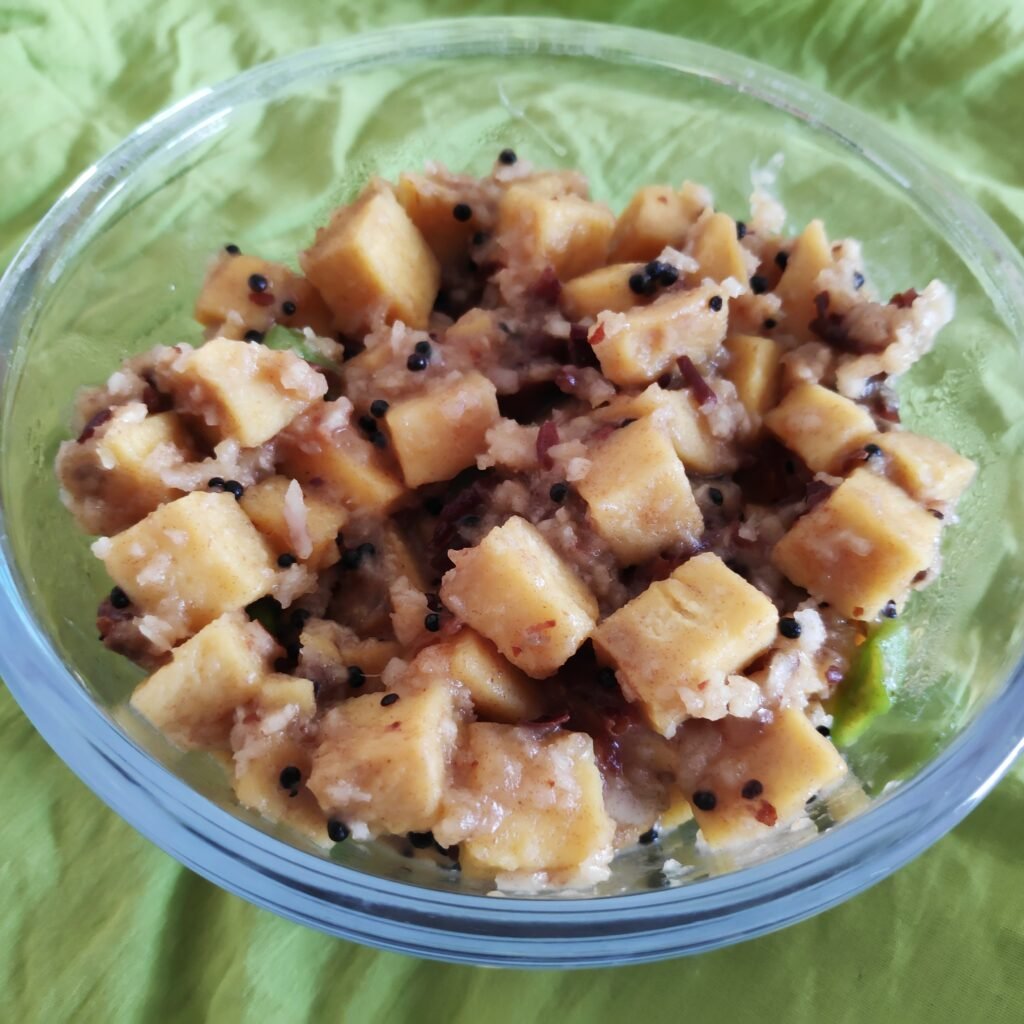
Yams are nutrient-dense tuber vegetables that come in many colors the most commonly used one in India being the elephant foot yam or suran or jimikand in Hindi. Yams are versatile, easy to prepare, fast to cook, and a great vegetable to include in your diet in both sweet and savory dishes.
They’re a great source of fiber, potassium, manganese, copper, and antioxidants like vitamin C that support bone health, metabolism, and heart function, and are also said to boost brain health, reduce inflammation, and improve blood sugar control. Copper is vital for red blood cell production and iron absorption, while vitamin C can boost your immune system. Yams contain a unique compound called diosgenin, which has been found to promote neuron growth and enhance brain function and improved memory and learning abilities. Remember that chronic inflammation is linked to an increased risk of various conditions, such as heart disease, diabetes, and obesity. Yams provide several antioxidants that may have anticancer properties and may help reverse irritable bowel syndrome (IBS), and stomach ulcers. Yams also contain resistant starch that may increase digestive enzymes that help break down food and increase the number of good bacteria in your gut.
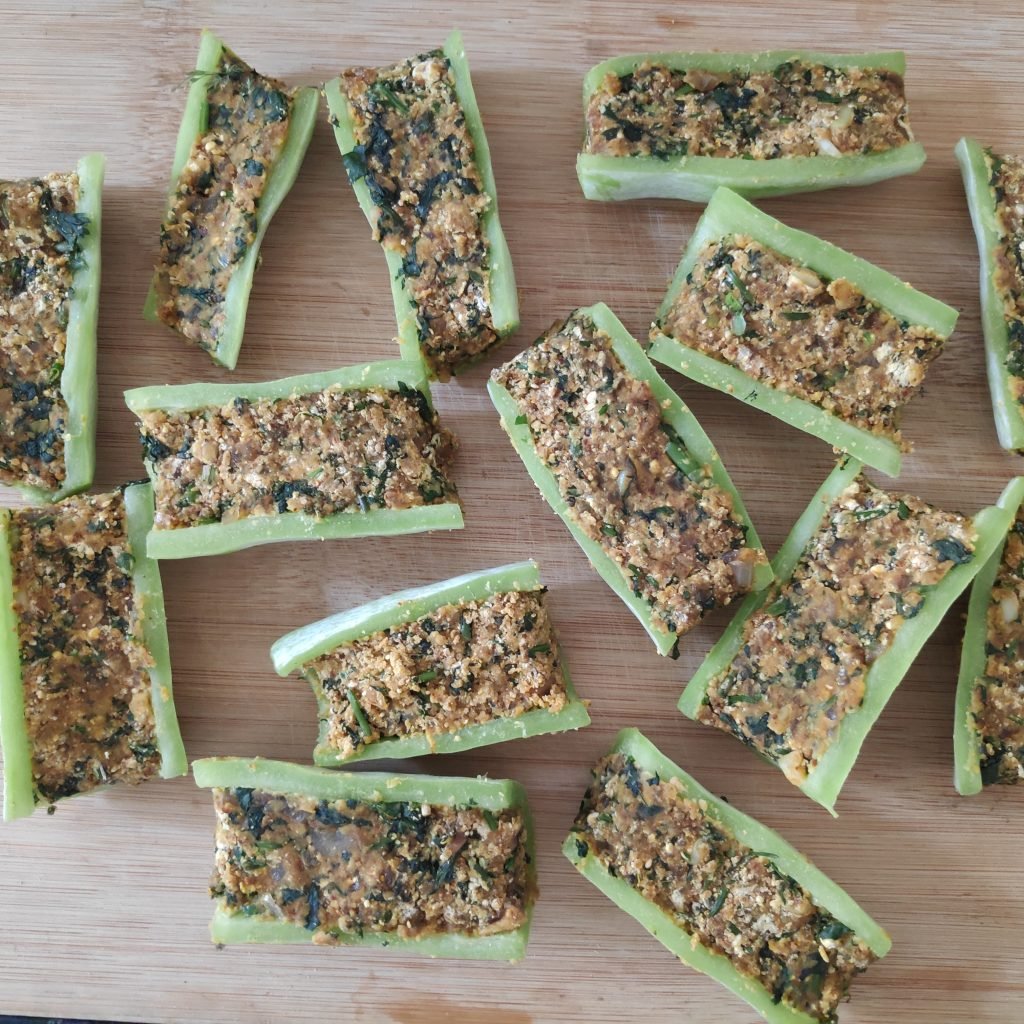
Besan (chickpea/ garbanzo bean flour) also known as gram flour has been a staple in Indian cooking for centuries. It is from the legume family and is lower in carbohydrates and calories but very rich in protein, iron, folate, and manganese apart from other vitamins, minerals and anti-oxidants. It is packed with fibre, is lower in calories than other flours and is very filling. It has a lower glycemic index thus preventing a spike in blood sugar. It is a great alternative to use as a gluten free flour. it’s lower in carbs and calories yet richer in protein and fiber.
Snake gourd is widely used in popular local cuisines all over India, and is great in reversing illnesses of the stomach, liver, kidney, and skin. It belongs to the cucumber and squash family and helps cure fever, jaundice and diabetes. It is rich in antioxidants and has anti-inflammatory qualities. It helps get rid of accumulated toxins in the kidneys, enhances the digestive system, and prevents allergies and breathing problems such as asthma. It has an expectorant quality that helps in loosening phlegm or mucous secretions from the respiratory tract. Snake gourd helps eliminate body wastes and kidney stones. It is a non-starchy vegetable that is low in calories and is great for weight loss because of its high water and fiber content. The antioxidants and gallic acid present in it help remove harmful free radicals and alleviates moods, stress, depression and anxiety. It is also great at reversing acid reflux and PCOS.
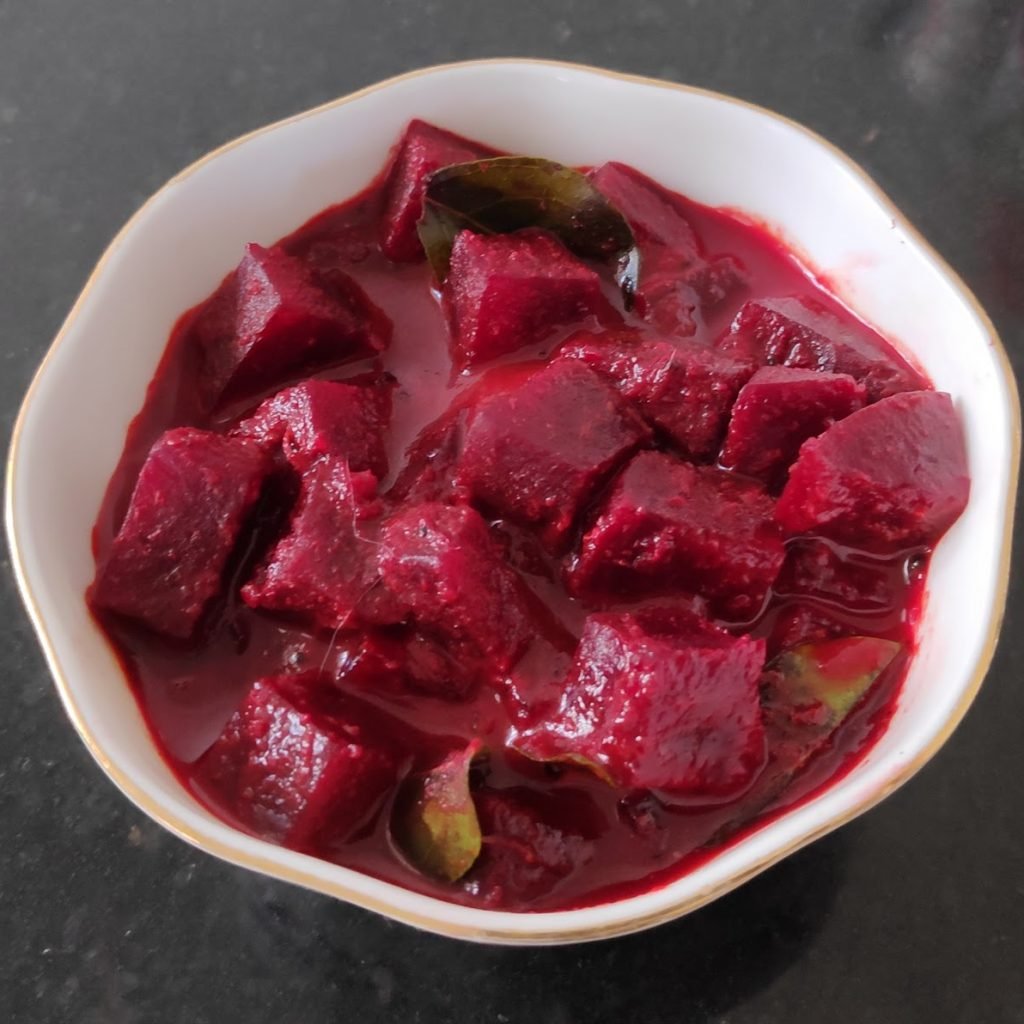
Some Jains eat vegetables like potato and beetroot so this dish has been included in the Jain friendly category. Beets are low in calories and packed with essential vitamins, minerals and fiber. They contain nitrates that are beneficial for improving energy levels and athletes usually have them 2–3 hours before it’s time to train or compete. The fiber in them helps in improving digestion and reducing the risk of a number of chronic health conditions. They are best had raw but are beneficial even if cooked. The best is that they are a treat for the eyes.
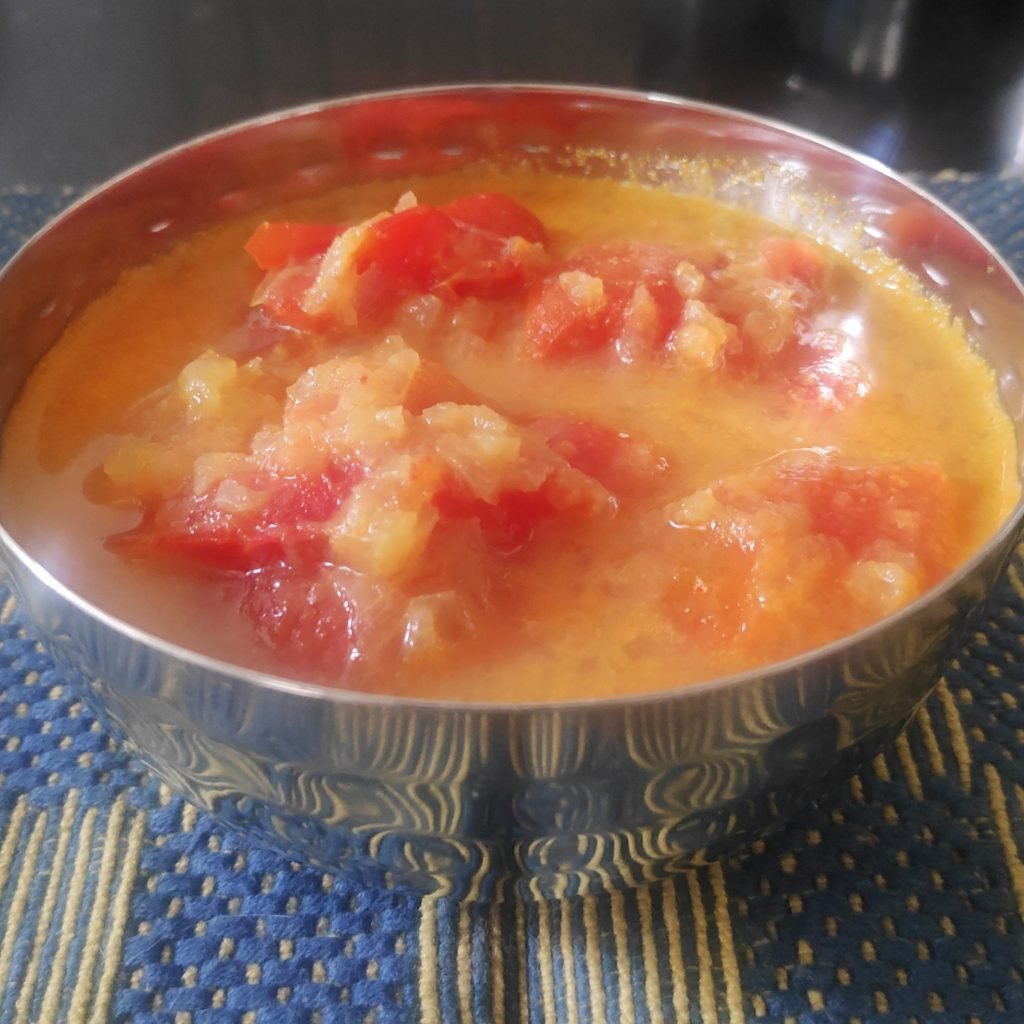
Tomatoes are commonly used as a vegetable ingredient or side dish. Tomatoes are the major dietary source of the antioxidant lycopene, which has been linked to many health benefits, including reduced risk of heart disease and cancer. Lycopene gives them their bright red color and helps protect them from the ultraviolet rays of the sun. In much the same way, it can help protect your cells from damage. Tomatoes release more lycopene when cooked. They are also a great source of vitamin C, potassium, folate, and vitamin K.
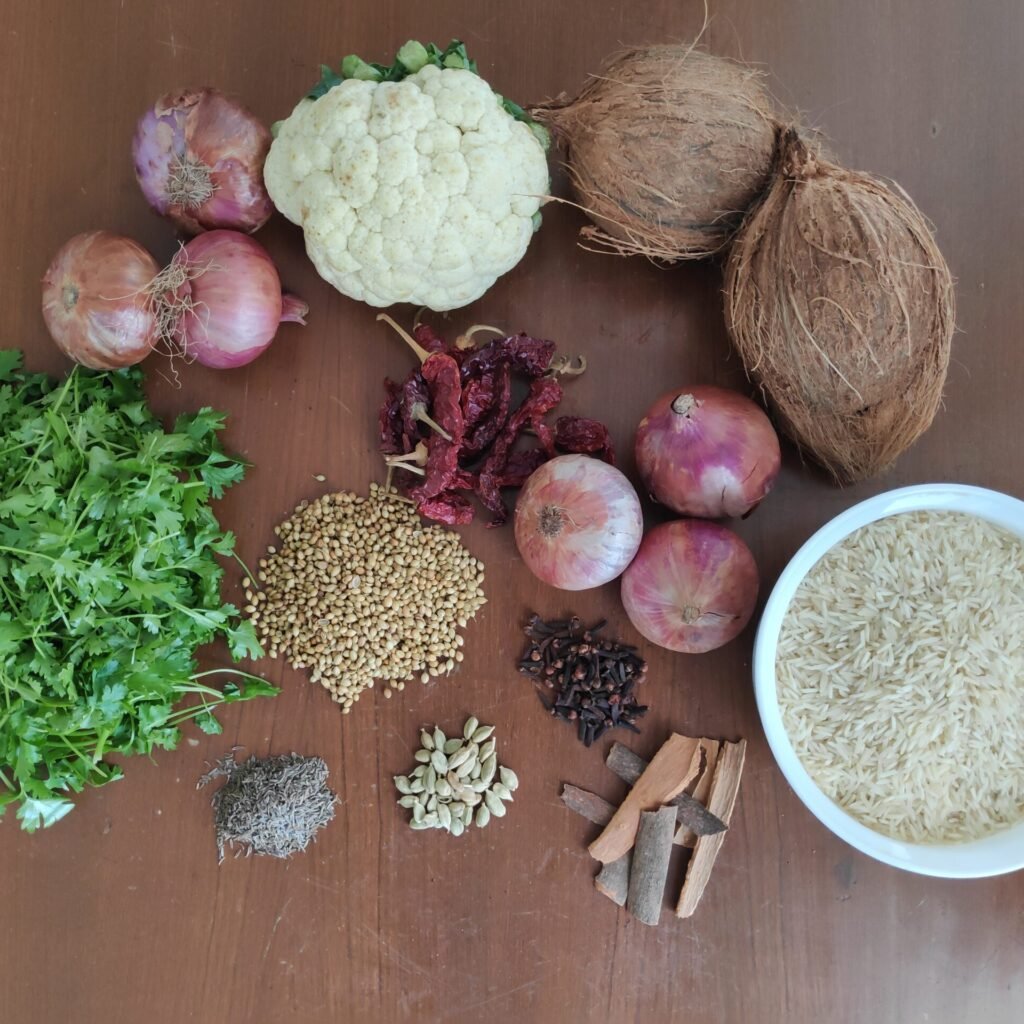
Cauliflower Bhaat (Cauliflower Rice) is a delicious and easy to make dish. Cauliflower ranks among the top 25 powerhouse fruits and vegetables in the Centers for Disease Control and Prevention’s Aggregate Nutrient Density Index (ANDI), a scoring method that ranks foods based on their nutrient content per calorie. Cauliflower is a cruciferous vegetable and is a good source of Protein, Thiamin, Riboflavin, Niacin, Magnesium and Phosphorus, and a very good source of Dietary Fiber, Vitamin C, Vitamin K, Vitamin B6, Folate, Pantothenic Acid, Potassium and Manganese.
In Northern India coarsely ground wheat is called sooji, and in South India, it is called rava. Semolina is made out of whole wheat and is therefore much better than refined flour. Semolina as it is called in English is used in many Indian dishes both sweet and savory.
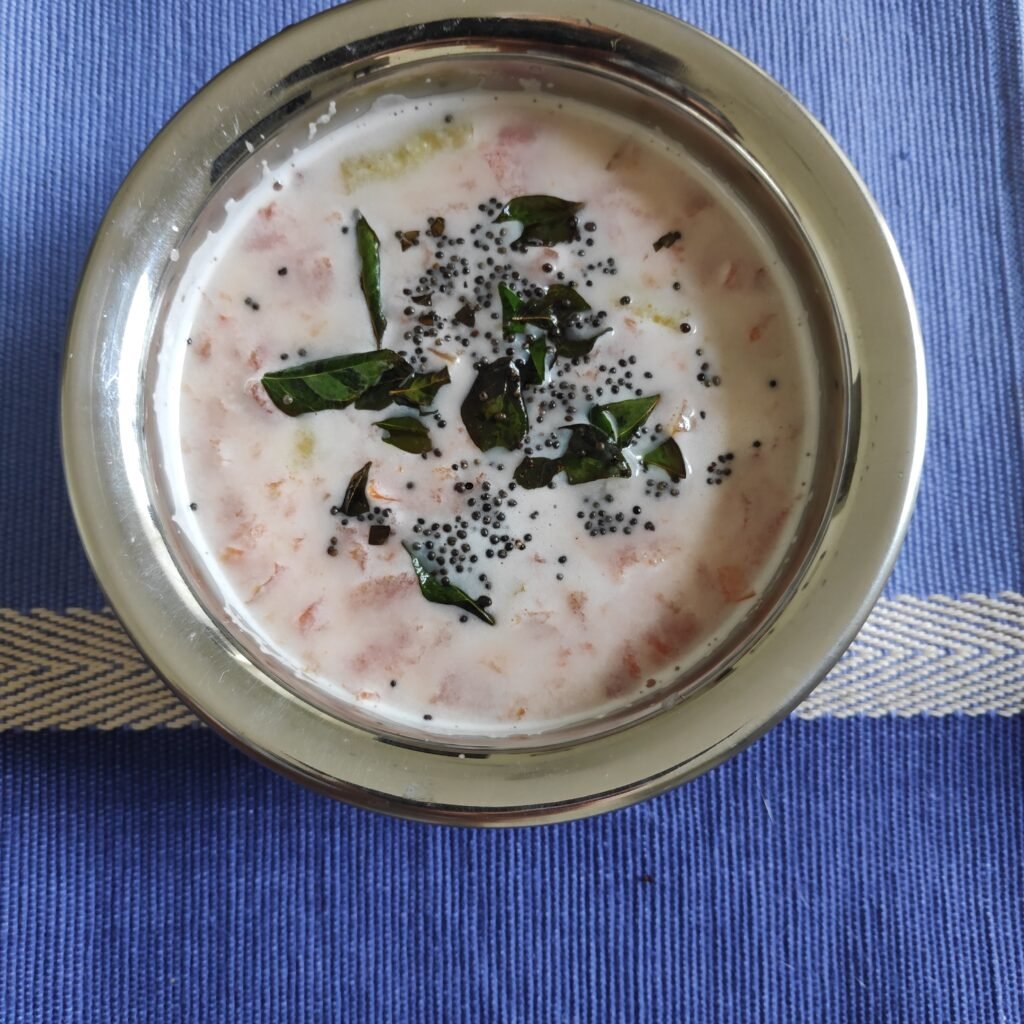
Though tomatoes are rich in fiber and antioxidants, we get more lycopene from cooked tomatoes when compared to raw. Lycopene helps fight depression, heart disease and cancer, and gives tomatoes its bright red color. Adding fat to your meal when eating foods such as tomatoes maximizes the body’s absorption of fat-soluble phytonutrients. So, this saar (soup) with coconut ticks all the boxes. Tomatoes have an anti-inflammatory effect that protects muscles and may help athletes recover after exercise, and also helps reduce asthma. Supplements cannot replace the phytonutrients in tomatoes effectively.